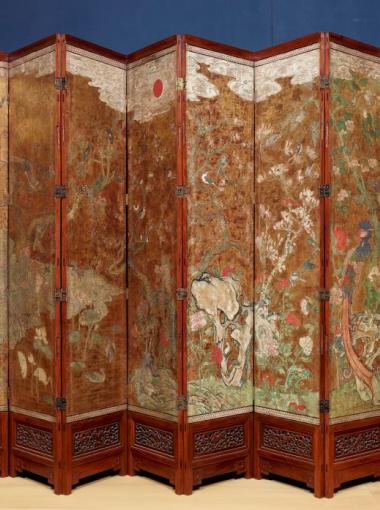These funerary substitutes, miniature representations of persons, animals, or objects, are called mingqi, “shining objects”. Found in large numbers as early as in the tombs of the Qin (221-206 BC) and the Western Han (206 BC - 9 AD) dynasties, they offer a rich testimonial of life in those times, while being substitutes for human sacrifices as well.
At the time of China’s reunification under the dynasty of the Sui and then the Tang, during the high-mediaeval era, this practice continued with statuettes placed in niches carved out along the entrance hallway. The cosmopolitan society centred around the capital, Chang’an, the largest city in the world at the time, is illustrated by its figurines: table games, storytellers, dance performances, music, archery… The game of polo (jiqiu) appears to have been introduced at the Tang court through exchanges with the Persian world.
It is worthwhile observing the care with which the craftsman who created this polo player reproduced the tension of the horsewoman’s gesture, her concentration on the course of the ball, as well as the ardour of the horse seized while leaping. The delicacy of the representation of the dress (jacket, trousers and boots), but also the hairdo (small chignon) and the harnessing of the mount are characteristic of the elegant productions of this period.

